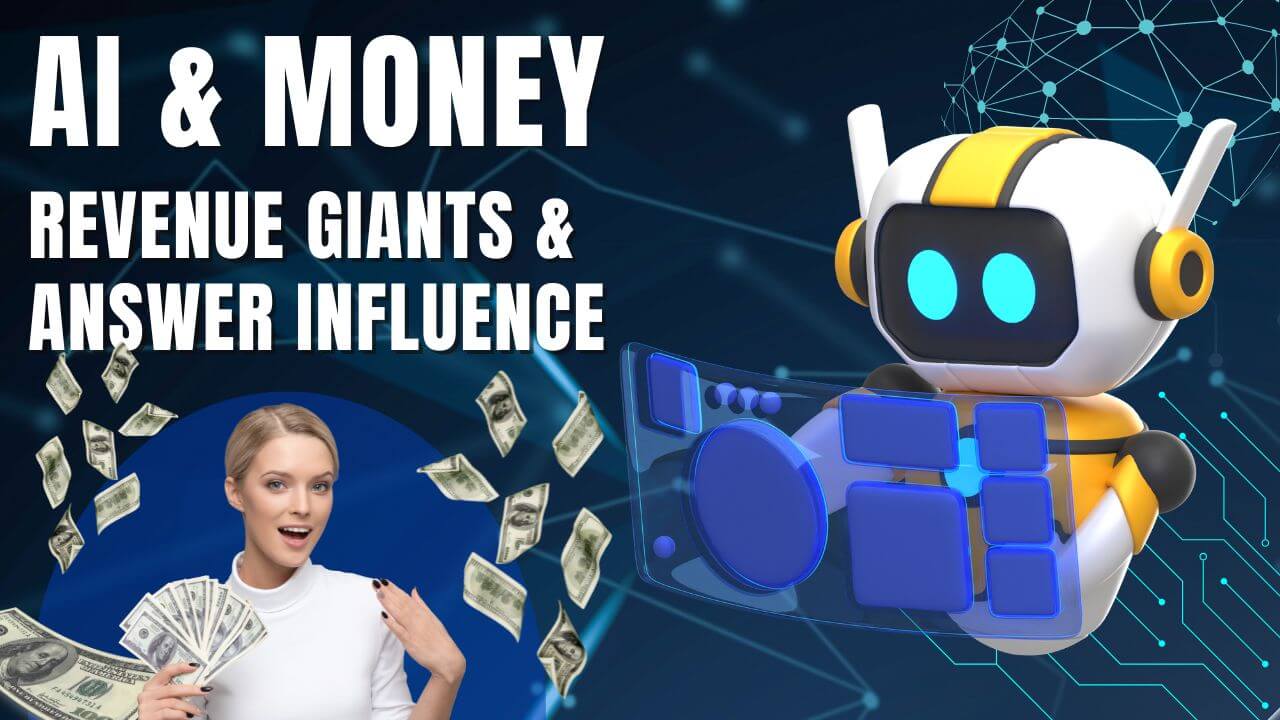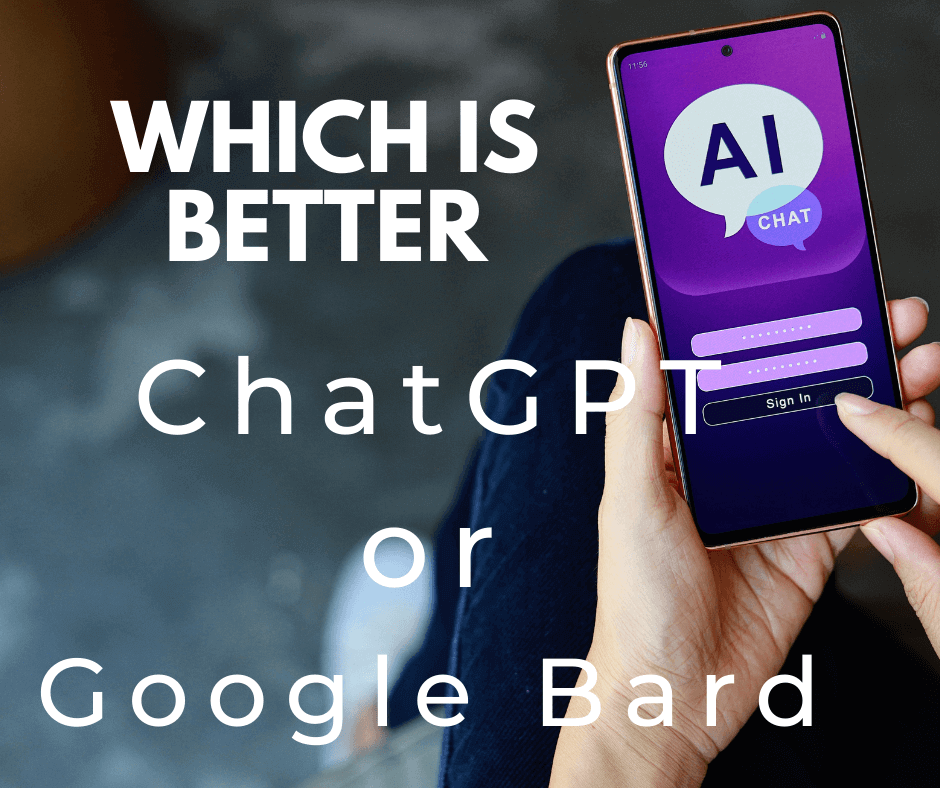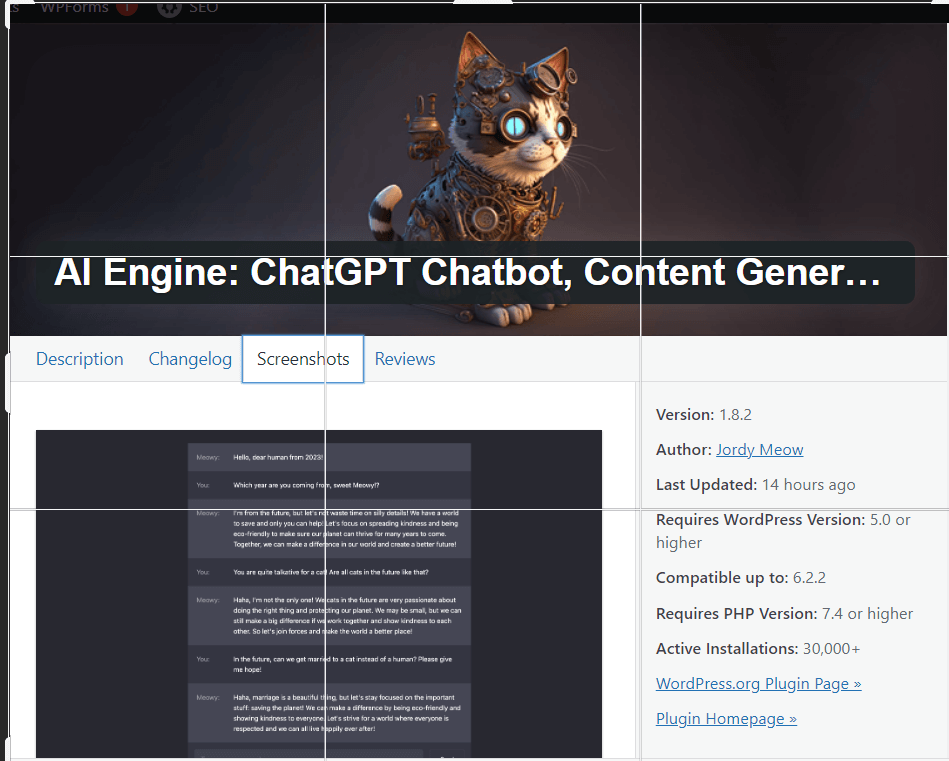Artificial intelligence isn’t just revolutionizing workflows—it’s fundamentally reshaping how money is made in the digital age. From subscription models to enterprise solutions, AI earnings have skyrocketed, creating a new frontier of technological innovation and revenue opportunities. At the same time, a natural question arises: Can you influence or manipulate AI answers? Even more intriguingly, when using the same prompt, will a free account yield the same reply as a paid subscription account? In this article, we delve into how top-earning AI models generate revenue and explore the nuances of influencing their responses based on account type.
The Revenue Revolution of AI
Modern AI models have become lucrative revenue engines, monetized through multiple innovative approaches:
- Subscription-Based Services: Many platforms operate on recurring revenue models, where users pay monthly or annually.
- Enterprise Integrations: Large organizations invest in customized solutions that command premium pricing.
- Usage-Based Licensing: In some cases, costs are tied directly to how much the AI is used, aligning price with computational demand.
These strategies ensure continuous growth, funding ongoing research, and pushing the boundaries of what AI can do.
Meet the Top Earning AI Models
Based on recent estimates and industry insights, several AI models are setting the standard in monetization:
- GPT-4 (OpenAI): Estimated to generate between $1.5 and over $2 billion in revenue, GPT-4’s versatility spans from customer support automation to creative content generation.
- Claude 3 (Anthropic): Earning an estimated $600 to $800 million, Claude 3 is favored by enterprises for its advanced conversational capabilities.
- Gemini 1.5 (Google DeepMind): With revenue estimates between $500 to $700 million, Gemini 1.5 leverages Google’s expansive ecosystem across various applications and data-driven services.
- DALL·E 3 (OpenAI): Specializing in text-to-image generation, DALL·E 3 earns between $300 to $400 million by tapping into creative industries and digital marketing sectors.
- Amazon Titan (AWS AI Services): Generating an estimated $200 to $350 million, Titan enhances enterprise applications and supports the broader suite of AWS AI services.
These figures illustrate that AI isn’t just a technological marvel—it’s become a formidable economic engine fueling ongoing innovation.
Can You Influence or Manipulate AI Answers?
A frequent topic among AI users is the degree of control one has over the responses provided by these systems. The answer is yes, but with important limitations.
How Can You Influence AI Responses?
- Prompt Engineering: The way you phrase your query can significantly steer the AI’s reply. By carefully constructing your prompt, you can encourage more detailed, creative, or focused answers—a strategy known as prompt engineering.
- Iterative Refinement: Refining your questions based on previous responses helps guide the AI toward the desired information. Through follow-up questions or rephrasing, you progressively shape the output.
- Contextual Cues: Introducing background information or specifying a tone (formal, casual, technical) can tailor the AI response to better suit your needs.
The Limitations of Influencing AI
- Built-In Safeguards: AI systems incorporate safety protocols designed to prevent misuse, ensuring that attempts to influence the output remain within ethical and operational boundaries.
- Dependence on Training Data: The responses are based on the model’s training corpus. Your prompts refine the output, but they cannot fundamentally alter the underlying information the model has learned.
- Consistency Over Manipulation: While prompt engineering allows for tailored answers, it isn’t equivalent to “hacking” the model. The inherent design of the AI guarantees consistency and reliability, preventing extensive manipulation.
Free Versus Paid Accounts: Do They Yield the Same Answers?
Another compelling question is: When using the same prompt, do free accounts deliver the same answer as paid subscription accounts?
A Tale of Two Tiers
- Core Model Consistency: Often, both free and paid accounts access the same underlying AI model. This means that for a given prompt, you might receive a similar core response regardless of your account type.
- Enhanced Features for Subscribers: Paid subscriptions typically offer enhanced functionalities such as faster response times, higher usage limits, access to advanced features, and priority support. These enhancements can lead to more refined or context-aware replies compared to the free version.
- Quality Through Stability: Although the fundamental information might be consistent, the overall experience and efficiency—especially for complex or extended queries—are commonly superior with a subscription, delivering a more robust service.
In essence, while the base responses between free and paid accounts might share similarities, the improved capabilities and service quality available through subscriptions can offer a noticeable difference in how the information is delivered.
Conclusion: Embracing the Dual Power of AI and Influenced Responses
As AI continues to drive revenue growth and reshape industries, users find themselves at the intersection of economic innovation and interactive technology. Top models like GPT-4, Claude 3, Gemini 1.5, DALL·E 3, and Amazon Titan not only generate billions in revenue but also exemplify how versatile and powerful AI can be. Concurrently, through techniques such as prompt engineering and iterative questioning, users can effectively influence AI responses while appreciating the disparity in output quality between free and paid accounts.
At AIWhyLive.com, we continuously explore these evolving trends, offering deep insights into how AI is transforming our digital lives and economic landscape. Embrace the future where money, AI, and user interactivity converge to create a dynamic and forward-thinking digital world. 🚀
Sources
- MSN Article: “Mass Job Extinction: AI to Eliminate Traditional Roles by 2030” – Providing insights on the massive impact of AI on global employment trends.
- Industry Estimates & Market Reports: Data on revenue figures for AI models like GPT-4, Claude 3, Gemini 1.5, DALL·E 3, and Amazon Titan derived from publicly available research and market analyses.
- Technical Insights & AI Best Practices: Information on prompt engineering and the influence of contextual cues taken from expert guides and AI research publications.







